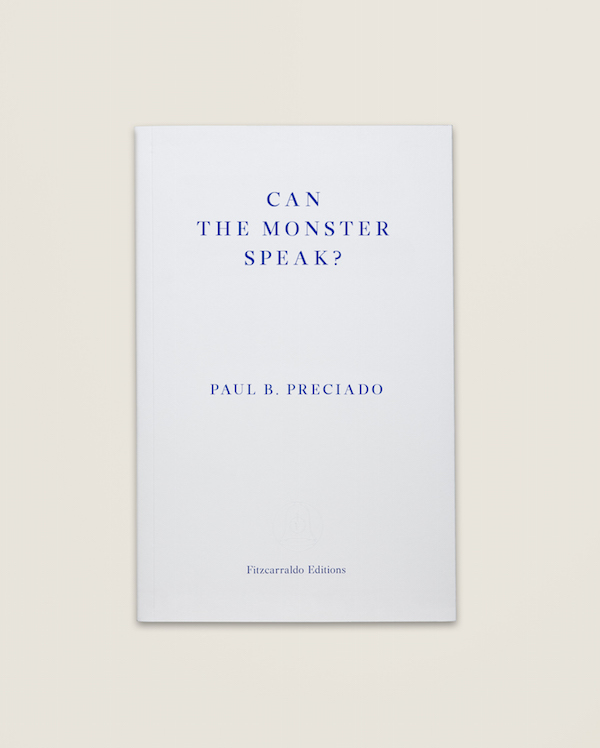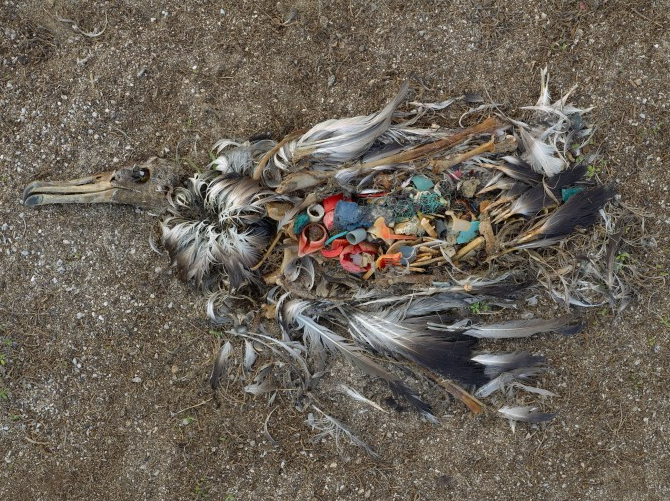Paul B. Preciado writes in his lecture/report to a psychoanalytic Academy Can the Monster Speak?:
Echoing Kafka’s Red Peter in his short story ‘A Report to an Academy’, Preciado describes how through his position as a trans man he has fabricated and exercised a way out the ‘cage’ of heteropatriarchal and colonial violence through the adoption of a new name and his vaguely hirsute face and hoarse, gravely voice.
As he describes this hard-fought liberty, Preciado makes an analogy between his trans body and the colony, as produced by dominant medical and psychological discourse.
As this analogy extends, Preciado articulates a striking camaraderie between the trans body and the natural world, both of which cannot be extinguished by extractivist and colonial violence:
It is this point in the analogy, a thin voice comes from within a bird-like creature called a Flinger, created by the Australian artist Bonita Ely in 2017 as part of her project Plastikus Progressus:
It is almost as if Ely’s Flinger had been channeling the voice of the albatross from reading the fourth issue of the documenta 14 take-over of the Greek art magazine South of a State of Mind and the essay by Gene Ray on extinction and ecocide, in a section called ‘Elegy for the Albatross’ that begins:
Returning to Preciado, where is the way out of the cage that has created the inexhaustible monstrosity of plastic? Perhaps it is unfair to posit such a question at the site of the trans body (coming as this does from the white typing fingers of my cis male body). As such, I write from within the (penal) colony, where we snipe at each others’ legs and expose our own to arrows. Where we all live according to these terms, as we know. Here, below my organs, I have a blind wound, but the belt of this blog – with its broad gold – conceals it. From where I sit, I may choose to cheat and deceive my own body, if I can, and when my readers say I’m wonderful I’ll simply believe them. But I am the plastic monster, growing pale with pleasure at the mere sight of a slender online fame. My virtual pen is whatever comes to me to write for thirsty ears from my apartment within myself, wings well and truly clipped.
In other – simpler – words, in spite of Bonita Ely’s creative solution in the form of the Flinger and other plastic-munching creatures, why should we expect a way out of our heteropatriarchal, colonial and extractionist violence to come from its victims and their bodies – whether that of the trans man or the plastic-filled albatross? Dear fellow settler colonizer, we esteemed members of the Academy, have always been and continue to be the plastic monsters in the water and it is only once we have recognized this fact to and for ourselves, that we can shut up and listen to what should be done about us.
[‘Can the Plastic Monster Listen?’ is an extract from Chapter 4: BODIES of the ongoing online project Like Wind on Rushes which drafts a book to come called Whisper into a Hole.]


